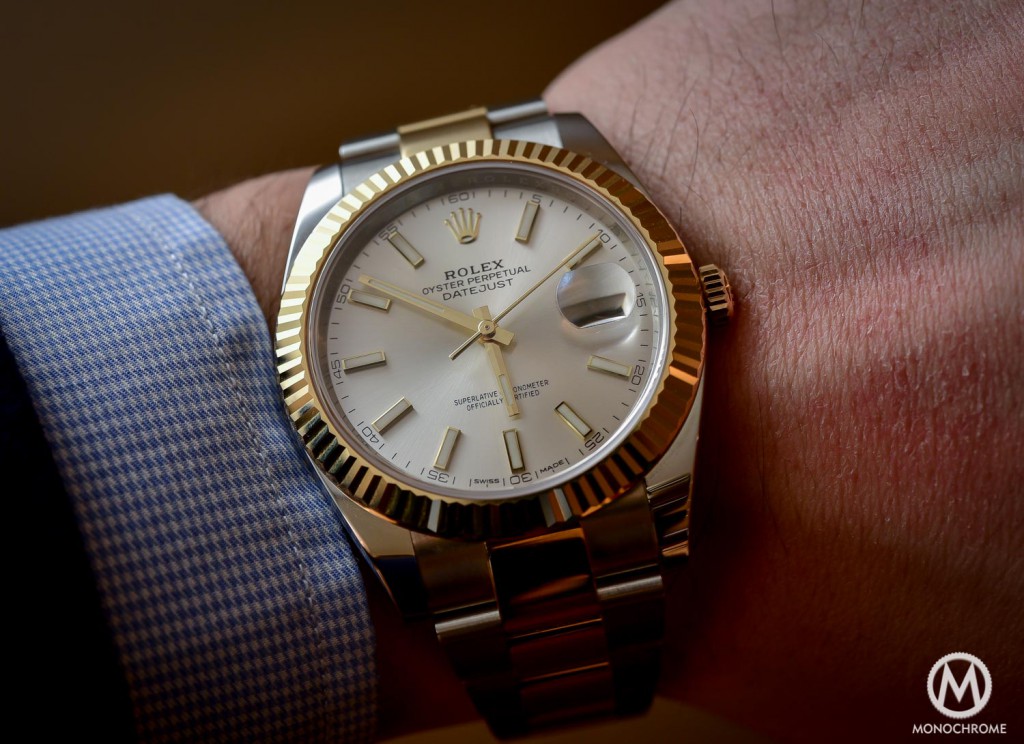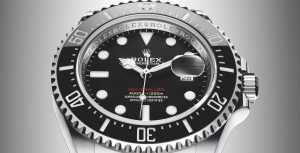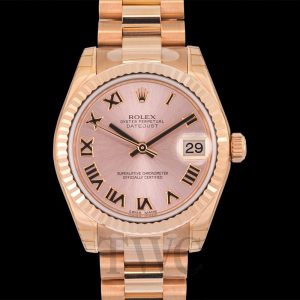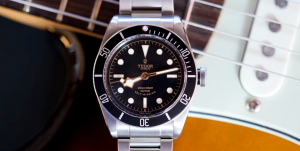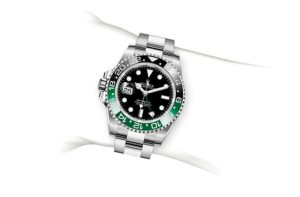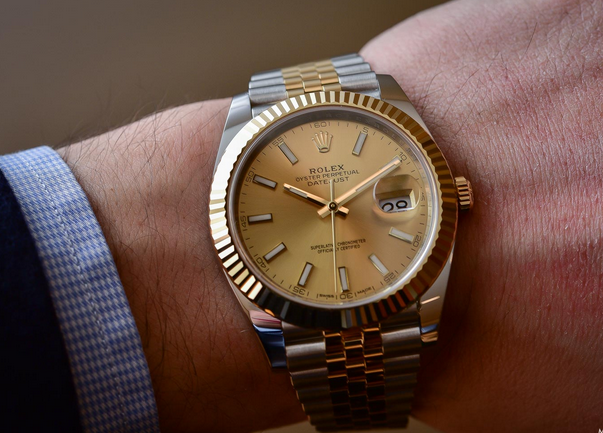
To say that some of the watches manufactured by Rolex Swiss brand watch are icons would be quite an understatement. The situation is rather clear: almost all the catalogue can be called iconic. This goes for the diving Submariner, the elegant Day-Date, the racing chronograph Daytona, the sporty Explorer or just the simple “entry-level” Oyster Perpetual. However, there’s another one, slightly more underrated but probably the one with the richest history – or at least the longest – the Datejust. We knew that Rolex was about to update its icon (see our predictions) and here it is: the new Rolex Datejust 41 from Baselworld 2016, with new case, new 3235 movement and comeback of the Jubilee bracelet (something we also predicted). Review.
Short History of the Rolex Datejust
Don’t look at the Rolex Datejust as just a 3-hand watch with a date window at 3. It’s much more than that. It is actually an historically important watch, as it was, when introduced in 1945 (for the 40th anniversary of Rolex), under the ref. 4467, the first wristwatch with date displayed in a window and quick date mechanism. This watch is actually the one that invented today’s most common feature of a watch. It might be rather random for many but it remains for collectors an extremely important fact – see our complete history of the Rolex Datejust for more details.
The Rolex Datejust’s full name was and still is in fact the Rolex Oyster Perpetual Datejust, meaning that even at the time of its introduction, it already featured 2 important innovations of Rolex: the Oyster case, thus being a waterproof watch, and the Perpetual winding, meaning that it was an automatic watch with 360° rotor. And it was close to the actual edition: a 3-hand watch with a date aperture at 3 o’clock that changed automatically at midnight. Thanks to an intermediate gears and a spring mechanism, the date disc was able to make an instant jump at midnight. The date was just, all the time.
As you can see, the design of the first series remains rather close to what we know now, even if two features was missing: the fluted bezel (the first ones had a coin-style bezel) and something that is an actual Rolex’ hallmark: the cyclops – the magnifier over the date window. This characteristic element of the actual Datejust only appeared in 1954, after nine years of production.
Over the years, the Rolex Datejust evolved, bringing new designs, new dials, improved movements and several other refinements. However, the concept – 3-hand watch with a date aperture at 3 – and the overall look remained rather faithful to the original, references after references. The latest evolution of this icon appeared in 2009, with an updated diameter, moving from 36mm to 41mm, with the Datejust 2.
The Rolex Datejust 2 was a larger edition of the Datejust… and many collectors of Rolex never really appreciated this watch, seen by some as too bulky, mainly because of large indexes and a fat bezel. The diameter itself can’t be incriminated but the proportions are. This is this watch that Rolex updates at Baselworld 2016, with the new Rolex Datejust 41.
Let’s first go back to 2015, when Rolex introduced the new 40mm Day-Date. This watch marked a comeback to less bulky, more refined and slimmer watches manufactured by the “Crown”. It was also the occasion for Rolex to introduce a brand new series of movements, the 32xx (in the case of the Day-Date 40, the calibre 3255) with improved escapement, longer power reserve, updated barrel and gear train and better finish.
The Rolex Day-Date and the Rolex Datejust have always been rather linked and both were available in 41mm edition. in order to follow what the brand did with the Day-Date, we were rather sure that a same update was about to come for the Datejust. It is exactly what Rolex did at Baselworld 2016. But the situation is a bit more complex than just introducing a date-only edition of the 40mm Day-Date…
A new 41mm case, slimmer and thinner
The new Rolex Datejust 41 keeps its diameter, at 41mm, just like the older Datejust 2. We were expecting Rolex to follow the rule implemented with the 2015 Day-Date, meaning a slightly reduced diameter of 40mm. but this won’t be the case. However, if the diameter remains at 41mm, the proportions and the other dimensions change rather drastically, which is a very good point considering the somehow “fat” look of the older Datejust 2 – the bezel was seen as probably too wide for the diameter of the dial and the indexes were too thick. This watch was probably missing a bit of elegance.
Rolex applied the same recipe with the Datejust 41 as with the Day-Date 40, meaning a first a slimmer profile. The lugs are thinner than before, more tapered and pointy to the end and more curved to better follow the curvature of the wrist. The case is also thinner when seen from the sides and finally, the aperture of the dial is larger and the bezel is thinner, creating a more balanced and elegant look. The new Rolex Datejust 41 seems now smaller and visually “lighter”, while keeping the exact same diameter. Again, this is just a matter of proportions. As a result, the bezel is less “opulent” than before, especially when chosing the iconic fluted shape.
As usual with newly introduced watches, Rolex always starts with precious materials and the full stainless editions will follow later, in one or two years probably. Thus, the new Rolex Datejust 41 is, for the moment, only available in Rolesor, meaning a combination of stainless steel (for the case and the external links of the bracelet, whether on the Oyster or Jubilee) and 18k gold for the bezel, the crown and the internal links of the bracelet). There’s no edition with fluted 18k white gold or stainless flat bezel yet. However, the Rolex Datejust 41 will be, for the first time, available in pink Rolesor, meaning a combination of stainless steel and 18k pink gold, as well as in yellow Rolesor, a combination of stainless steel and 18k yellow gold.
